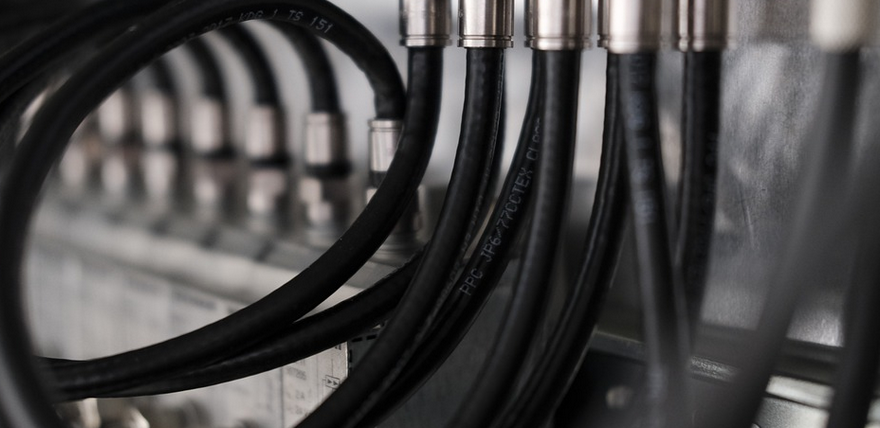Understanding the Importance of Transmission Coolers and Lines
For those who’ve spent time under their car, a familiar sight is the transmission cooler. It sits beneath your car, often near the radiator, acting as a dedicated heat sink for your transmission fluid. This vital component prevents overheating issues that can lead to costly repairs or even complete breakdown of your vehicle’s heart. The transmission cooler does this by efficiently drawing away excess heat from the transmission fluid and redirecting it into another cooling system.
However, just like any mechanical component, transmission lines wear down over time. This leads to decreased efficiency, potentially causing leaks or even more serious issues. Maintaining your transmission line is crucial for seamless operation of your vehicle. You’ll want to ensure you are checking the condition of your transmission lines and cooling fluid regularly.
The transmission cooler lines are responsible for channeling the hot transmission fluid from the transmission to the cooler, preventing overheating, and then sending it back to the transmission. Just like any other line in a car, these lines can wear out over time. When you replace your transmission cooler lines, you’re not just replacing the connections; you’re helping to keep your car running smoothly for years to come.
The Benefits of Replacing Transmission Cooler Lines
Replacing transmission cooler lines isn’t just about preventing leaks; it’s about enhancing performance and extending your vehicle’s life. Here’s a closer look at the benefits:
**Improved Efficiency:** When your transmission lines are worn or damaged, they restrict the flow of transmission fluid, leading to decreased efficiency and potentially causing slipping gears or jerky shifts.
**Reduced Overheating:** Damaged transmission lines contribute significantly to overheating. This leads to higher fuel consumption and can damage your vehicle’s transmission over time. Replacing them ensures proper airflow for cooling and prevents harmful build-up of heat in the transmission.
**Extended Life Span:** Regular maintenance, including replacing worn or damaged lines, increases your vehicle’s lifespan. Properly functioning lines play a critical role in maintaining fluid flow, preventing leaks, and reducing wear and tear on other components. This results in fewer repairs and longer service intervals for your car.
**Enhanced Performance:** A smooth-running transmission is directly linked to improved vehicle performance. When your cooler lines are in good condition, the transmission fluid circulates freely, leading to smoother shifting, better acceleration, and a more pleasant driving experience.
What to Expect During Transmission Cooler Line Replacement
Replacing transmission cooler lines is often simpler than it seems, even for those less familiar with car maintenance. However, always consult your vehicle’s manual or seek professional help if you’re unsure about any aspect of the process. Here are the general steps involved in the replacement:
**1. Locate and Identify:** Start by finding the cooler lines that need replacing. These are usually located near the transmission pan, often in a hidden area under your vehicle. Consult your manual or an expert for specific locations.
**2. Gather Necessary Tools and Materials:** You’ll generally need wrenches, pliers, sockets, and possibly some specialized tools depending on your car model. Be sure to also have the replacement lines available.
**3. Disconnect and Remove:** Use the appropriate wrenches and sockets to disconnect the transmission cooler lines from both ends. Carefully remove the damaged line segments while following safety precautions against fluid leaks.
**4. Install New Lines:** After installing new lines, connect them with your chosen tools. Make sure you tighten all connections securely without over-tightening.
**5. Reinstall and Test:** Reattach any covers or panels that were removed during the process and test your car’s transmission to ensure proper functionality.
**6. Check for Leaks and Tighten Connections:** After a short test drive, check for any leaks around the new connections. If you notice a leak, tighten the connection further or use thread seal tape to prevent further leakage.
A Word About Potential Challenges
While replacing transmission cooler lines is relatively straightforward in most cases, some challenges may arise during the process. Always keep safety at the forefront of your mind throughout the process:
**1. Difficulty Accessing Lines:** In some models, accessing the transmission cooler lines can be a challenge due to the design and layout of the vehicle’s undercarriage.
**2. Tight Connections:** If you encounter tight or stubborn connections, it may require specialized tools like a wrench with an extension or a quick-grip pliers to loosen them properly. Use caution when handling these connections to avoid damaging the lines or other components.
**3. Potential for Leaks:** Proper installation is crucial to preventing leaks; especially during tight connections and while working under your car. If you encounter any leaks, check for proper sealing before driving.
Safety First:
Remember that handling vehicles requires caution and a thorough understanding of safety procedures. Before starting any work on your vehicle’s transmission system, consult your manual or seek professional assistance if unsure about any aspect of the process:
**1. Secure Workspace:** Always work in a well-lit area with ample ventilation to prevent fumes from building up. Ensure proper ventilation before working on your car’s undercarriage.
**2. Use Safety Equipment:** Don’t forget to wear gloves and eye protection when handling fluids and tools to protect yourself from potential hazards. Keep a spill kit readily available in case of any minor mishaps.
**3. Seek Professional Help When Necessary:** Always prioritize your safety and seek professional assistance if you are unsure about any aspect of the process, or the complexity of the task is beyond your comfort level.
Conclusion:
Replacing transmission cooler lines can be a simple endeavor for those with some mechanical experience. By following these steps, you’ll be well-equipped to maintain your vehicle’s smooth functionality for years to come. Don’t let that vital component of your car fall victim to wear and tear; invest in regular maintenance for a smoother driving experience.



